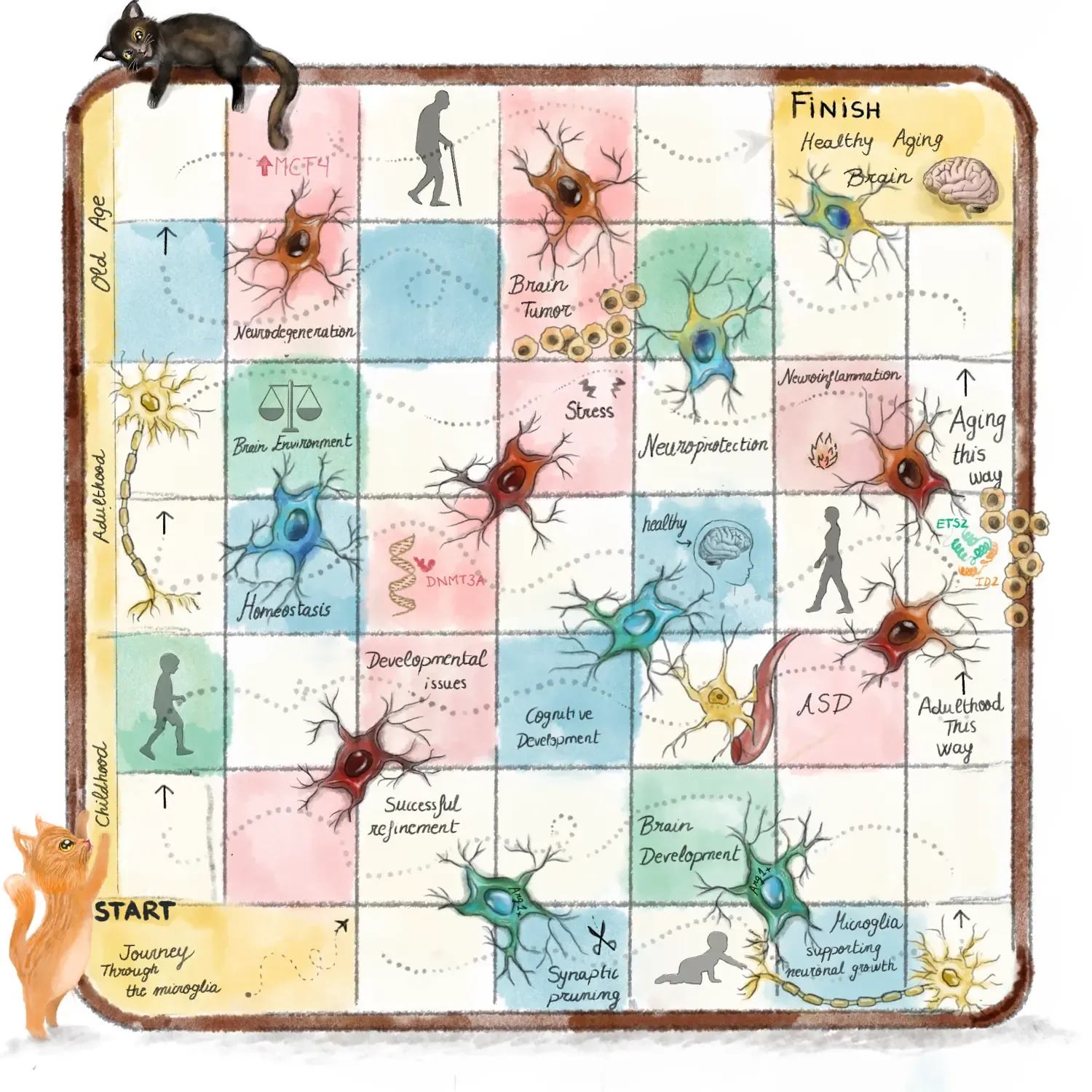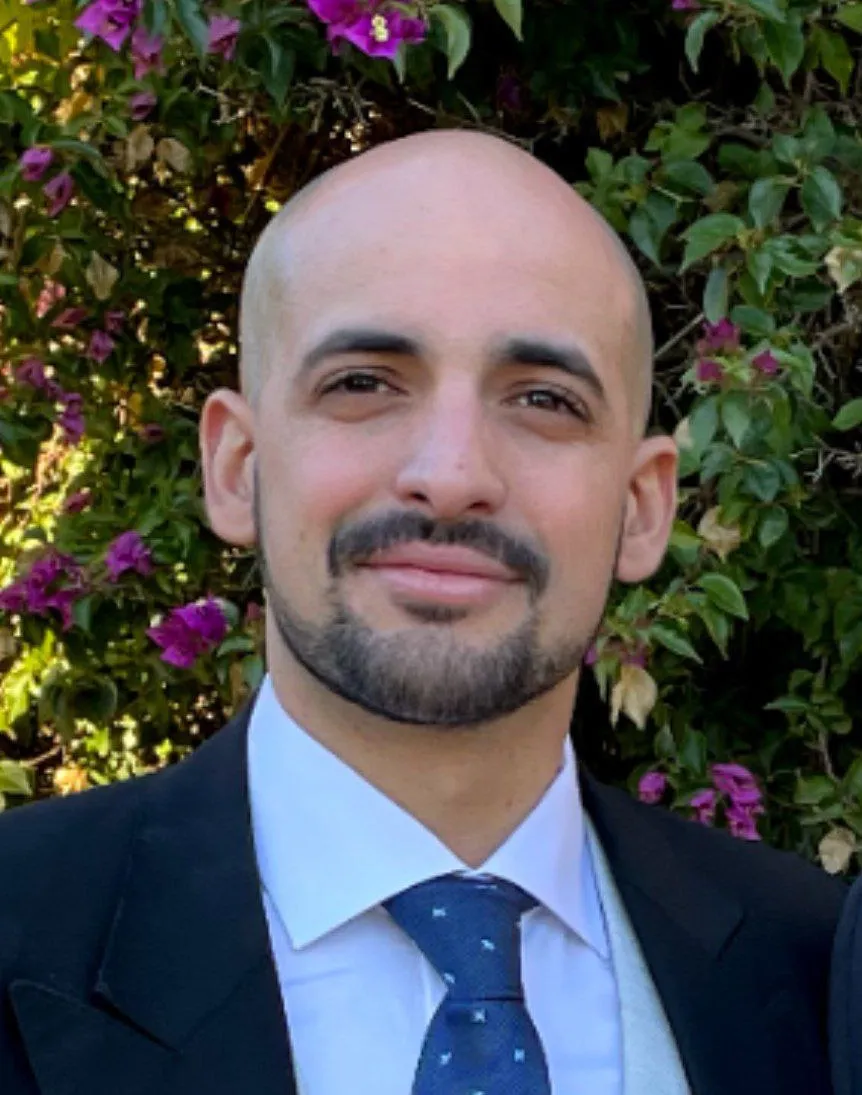New IMM thesis on microglia

Welcome to Guillermo Vázquez Cabrera's presentation of his thesis ”Microglia: guardians across the lifespan and disease spectrum”.

Time September 20 at 9.30 AM
Location: Eva & Georg Klein, Biomedicum (3rd level), Solnavägen 9, Karolinska Institutet, Solna
Supervisor: Bertrand Joseph, Professor, Institute of Environmental Medicine (IMM)
Opponent: Rosa Chiara Paolicelli, Assistant Professor, Department of Physiology, University of Lausanne
Three questions to Guillermo
What is the thesis about?
This thesis focuses on studying microglia, the immune cells that populate our brain. Their primary role is to protect us from diseases or damage in the brain, but they also have many other important functions. For example, microglia help during early brain development and work to maintain the balance needed for the brain to stay healthy. Microglia are a very diverse and flexible group of cells, meaning they can change and adapt depending on their environment. This makes them ideal for studying how different diseases affect the brain and for developing personalized treatments based on a person's specific condition.
Can you tell us about some interesting results?
One exciting discovery from this thesis is the identification of a new type of microglia, called ARG1+ microglia, which appears at a specific brain region and stage of early brain development. These cells are most active during the first few days after birth and have a strong influence on brain development and cognitive function.
We also looked at how microglia age along with the brain. As we get older, our brain changes, and so do our microglia. However, most studies on aged microglia don’t consider the various challenges we face throughout life, like diseases or inflammation. To address this, we created a laboratory model that allowed us to age microglia without these external factors. This helped us discover traits of aged microglia that are likely common to everyone, regardless of their personal history, and could help us understand how to treat brain-related diseases linked to aging.
Finally, we studied the role of microglia in brain tumours. Since microglia are the brain’s immune system, you would expect them to fight cancer cells, but instead, tumour cells can “hijack” microglia and turn them into helpers that support the tumour’s growth and spread. This thesis presents two studies that uncover how microglia are transformed by tumours. We even developed an experimental strategy to reverse this process, which led to a reduction in tumour size in animal models.
What further research is needed in this area?
Despite these promising discoveries, there’s still a long way to go before any of this can be turned into treatments for patients. More research is needed to address the limitations of these studies, and to better understand the unique characteristics and challenges each person faces, such as age, sex, and health history. These factors make our microglia behave differently, and their specific interactions with the brain remain full of mysteries that scientists are just beginning to explore.
